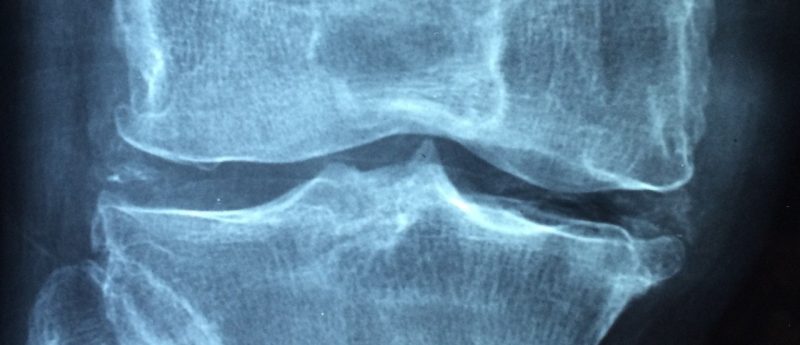New gelatin scaffold will aid bone regeneration

A new gelatin-based scaffold is being developed which can mimic the body in how it regenerates bone.
Researchers from the University of the Basque Country (Leioa, Spain) NanoBioCel group are leading the development of a new bone scaffold that is made from gelatin and can mimic the activity of the body in regenerating bone. The research was recently published in the International Journal of Biological Macromolecules.
Bone scaffolds are used for cases of critical bone defects, like those that can be found in situations such as burns, injuries or tumor extractions; these scaffolds are designed to temporarily replace the matrix of the bone and help to regenerate bone tissue.
To make the material biodegradable and cut the risk of rejection, “we resorted to a by-product of collagen, a gelatin that is produced when collagen is processed, since it has been found to be less cytotoxic than the collagen itself but retains the properties we were seeking,” commented study author and member of the NanoBioCel group Pello Sánchez (University of the Basque Country).
Furthermore, for the polymerization of the proteins in the gelatin and the cohesion of the scaffolding, they used a molecule extracted from genepin, the fruit of the gardenia “because it is less toxic for cells.”
The researchers wanted the scaffold to sustain mesenchymal stem cells but also retain and release growth factors.
“The scaffolding should have suitable release profiles in order to imitate what takes place in the body. We worked with two growth factors hugely important in bone regeneration; we wanted there to be a release from one of them during the first two days following injury and that the other should have a more sustained release,” explained Sánchez.
Once the scaffolding had been designed, they subjected it to a range of tests and processes to explore its properties, biocompatibility and possible cytotoxicity. The tests showed that the cells preferred the gelatine to the plastic on which they were grown. Tests were also done to see if the growth factors were released at the correct points. The growth factors, SHH and VEGF, were released with accordance with how they would have been released in the body.
This study is the first part in a project in which preclinical studies in animals have already been conducted “with promising results which are in the process of being published. We have even proposed a new model for carrying out these tests in animals. From now onwards, we will be able to gradually improve what we have achieved so far, such as inserting other elements like calcium or other growth factors that enhance regeneration,” concluded Sánchez.
Sources: Sánchez P, Pedraz JL, Orive G. Biologically active and biomimetic dual gelatin scaffolds for tissue engineering. Int. J. Biol. Macromol. 98:486-494 (2017); https://www.sciencedaily.com/releases/2017/05/170512103229.htm